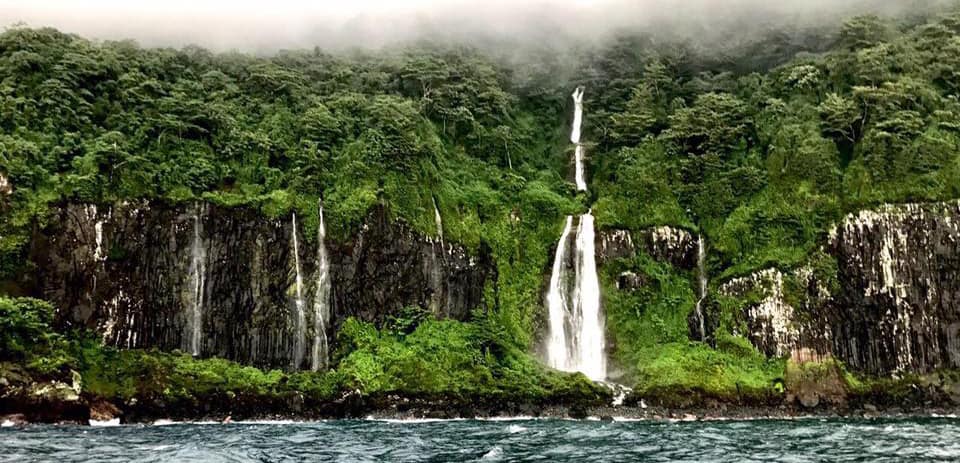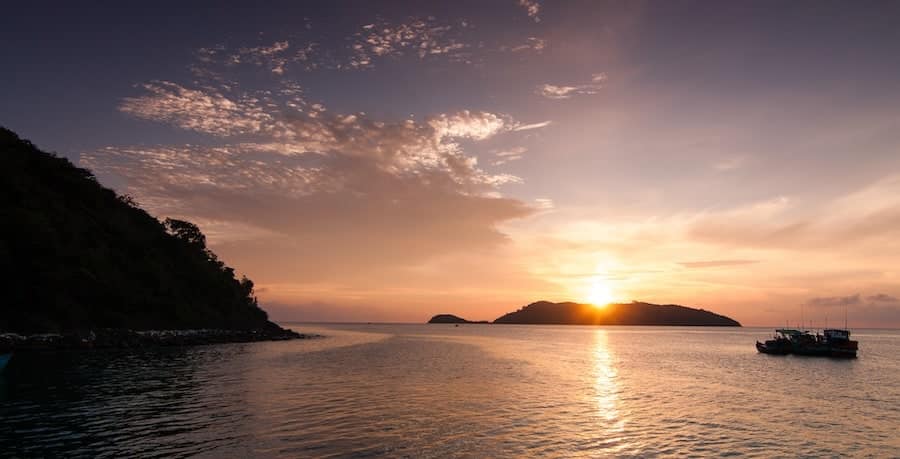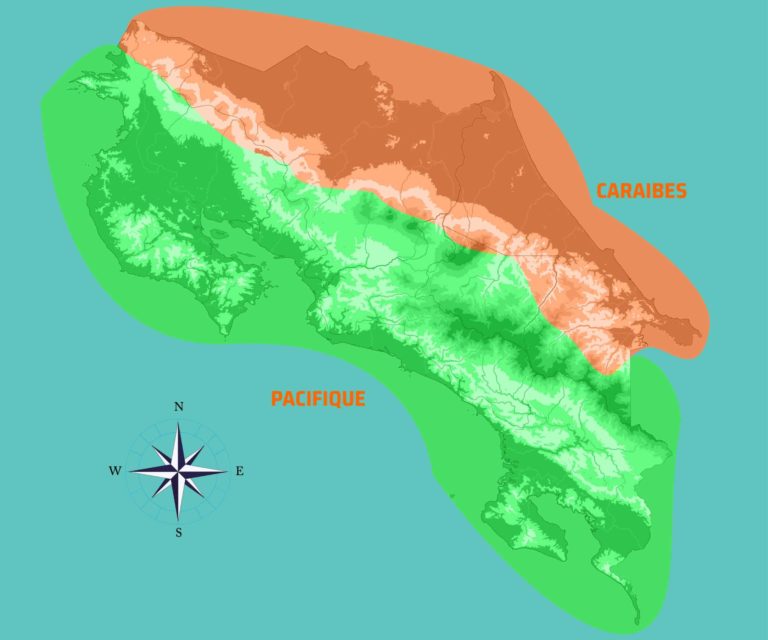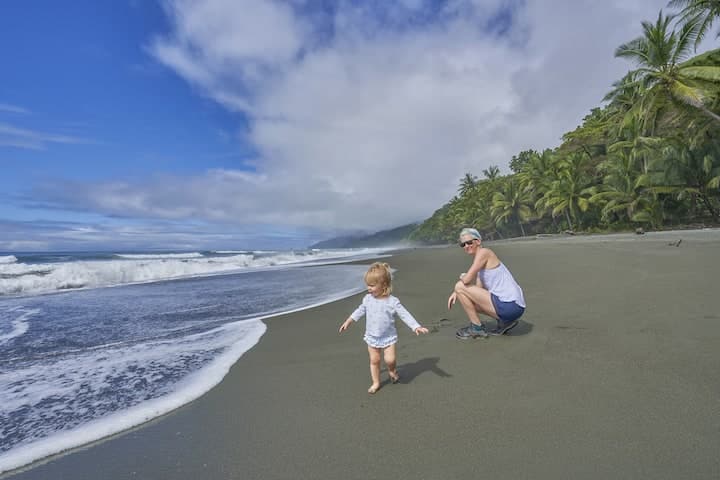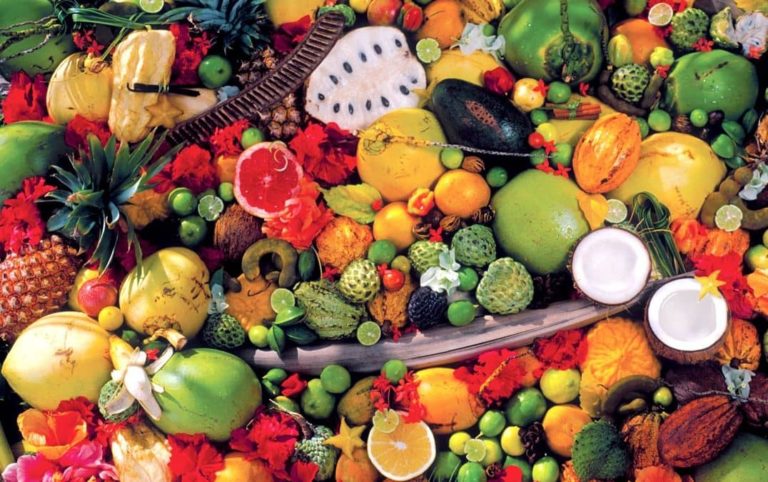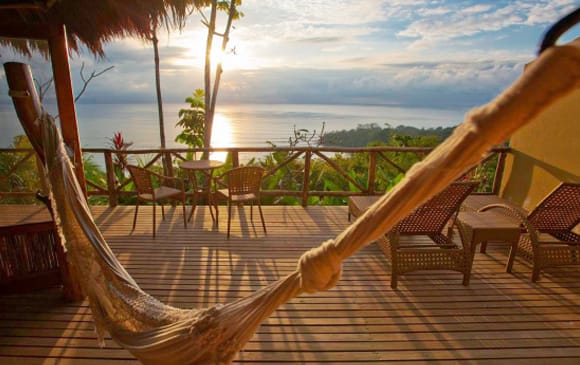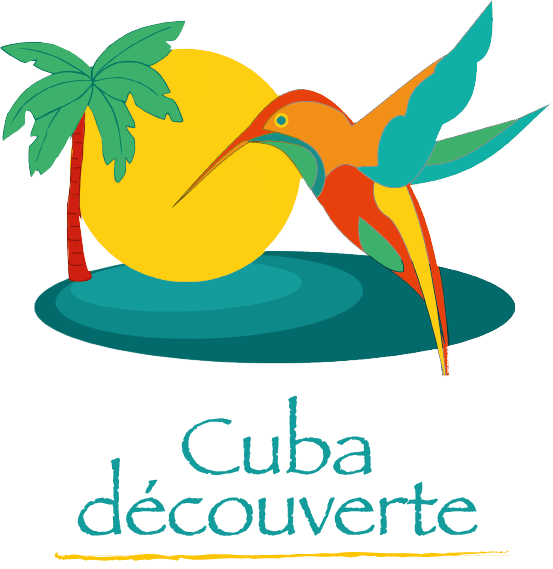Coco Island is a natural treasure located in the Pacific Ocean, some 341 km off the west coast of Costa Rica. Known for its exceptional biodiversity and crystal-clear waters, this little piece of land lost in the middle of the Pacific is often described as a paradise for divers and nature lovers. It’s also surrounded by legends, pirates and hidden treasures, adding to its mystery and appeal. Isla del Coco is part of Costa Rica’s national park network, SINAC.
Geography and climate
Coco Island is a volcanic island of approximately 24 km², the only island in the eastern Pacific with a tropical rainforest. It is surrounded by steep cliffs, spectacular waterfalls and dense vegetation. The island has a humid tropical climate, with abundant rainfall throughout the year, particularly between May and November. Temperatures vary little, generally remaining between 73 and 80 degrees F.
Conservation and world heritage status
Recognizing the island’s ecological importance, Costa Rica declared Coco Island a national park in 1978. In 1997, the island was declared a UNESCO World Heritage Site. It is also protected by various environmental laws and access is strictly controlled.
Despite its protection, Coco Island faces a number of threats, most notably illegal fishing, particularly of sharks for their fins. The Costa Rican government, with the help of international organizations, is making constant efforts to monitor and protect the waters around the island.
History and Legends
Discovered in 1526 by Spanish explorer Joan Cabezas, Coco Island has long been associated with stories of pirates and hidden treasure. Legends have it that pirates hid their treasures here. The most famous of these treasures is Lima’s, an immense booty stolen from the Spanish in the early 19th century.
Benito Bonito Legend
Another of the most famous legends concerns the pirate Benito Bonito, nicknamed “Espada Sangrienta” (the bloody sword). According to legend, Bonito hid an immense treasure on the island, the spoils of numerous plunders in South America. This legend has fueled the imagination of adventurers and treasure hunters for centuries. Numerous expeditions have been organized in an attempt to find this mythical treasure, but none have ever succeeded.
It’s important to note that these stories are often exaggerated and romanticized. Although pirates have been known to frequent Coco Island, the existence of hidden treasure remains uncertain. Nevertheless, these legends have helped forge the island’s mysterious reputation and attract adventurers from all over the world.
Origin of the name
The name Isla del Coco seems to derive from the quantity of coconuts that litter the island’s beaches. But another legend has it that coconuts contain an enormous amount of water, just like the island, which has the distinction of having a large quantity of drinking water for miles around. An oasis in the middle of the ocean.
Ecosystems and biodiversity
Coco Island is a true sanctuary of biodiversity. It is covered in tropical rainforest, home to many endemic species of plants and animals.
Terrestrial fauna
The island is home to several bird species, some of which are endemic, such as the Coco Island finch and the Coco Island cuckoo. Reptiles include lizards, harmless snakes and frogs, some of which are also endemic. There are no land mammals on the island, the five that exist having been introduced by man, either intentionally or accidentally.
Marine fauna
However, it’s underwater that Coco Island reveals all its splendor. The waters around the island are a hot spot for marine biodiversity. They are home to large populations of tiger sharks, manta rays, tuna, dolphins and even whales. The coral reefs are populated by brightly-colored tropical fish, corals, molluscs and other marine invertebrates.
Coco Island is most famous for its large concentrations of hammerhead sharks, which attract divers from all over the world. Hammerheads gather in large schools around the island, particularly near Bajo Alcyone, a famous dive site.
A total of 45 endemic marine species have been recorded in Cocos Island National Park, representing almost 50% of Costa Rica’s endemism.
Flora
Although this little rock lost in the middle of the ocean is tiny, it is home to no fewer than 297 species of vascular plants, belonging to 196 genera and 82 families. Of this total wealth, 220 (74%) are native species and 77 (26%) are introduced species.
Tourism and activities
Coco Island is not easily accessible, which contributes to its preservation. Visits are regulated and the only visitors allowed are generally divers and researchers. Access is exclusively by boat from the Costa Rican coast. Diving cruises depart mainly from Puntarenas, Costa Rica, and the journey to the island takes around 1.5 days (36 hours).
Scuba diving
The main activity on Coco Island is scuba diving. Divers can explore famous sites such as Bajo Alcyone, Shark Fin Rock, and Manuelita. These sites offer spectacular encounters with sharks, rays, schools of fish, and colorful corals. Underwater visibility is often excellent, making for a memorable diving experience.
The main dive sites around Cocos Island?
The main dive sites around Cocos Island are:
- Bajo Alcyone, known for its schools of hammerhead sharks, manta rays and other schools of fish.
- Manuelita Garden, where you can observe manta rays, marbled rays, schools of Creole wrasse and hammerhead sharks.
- Dos Amigos Grande, a small islet with a 13-metre-high arch. Hammerhead sharks, rainbow runners and snappers call the area home.
- Bird Island, Chatham Bay: to the south-east of Manuelita, this site offers a wide variety of frogfish, lobsters, moray eels, rays, white-tip sharks and hammerheads.
Hiking
Although the island is mainly visited for diving, it also offers hiking opportunities for those wishing to explore its lush rainforest. Hiking trails lead to panoramic viewpoints, waterfalls and secluded coves. However, hiking is strictly supervised to minimize impact on the island’s fragile environment.
Scientific Importance
Coco Island is a site of major scientific importance. Researchers come from all over the world to study its unique ecosystems, both terrestrial and marine. Studies of the island’s shark populations, coral reefs and endemic species provide valuable information for conservation and protected area management.
How to get to Cocos Island?
To reach Cocos Island, some 550 kilometers off the Costa Rican coast, the adventure often begins with a flight to San José. From there, it’s on to a specialized cruise departing from Puntarenas. These cruises offer not only transportation, but also accommodation in comfortable cabins and the chance to dive in the biodiversity-rich waters of the Pacific Ocean.
The sea voyage generally lasts between 36 and 40 hours, allowing passengers to fully appreciate the remoteness and isolation that give this destination its unique charm. Prices start at $3,000 / person for 7 nights.
For those seeking an even more personalized experience, it is possible to charter a private yacht, although this option requires a much larger budget. Once there, visitors are greeted by almost untouched nature, majestic cliffs and endemic fauna that make Cocos Island a place of exceptional ecological richness.
Places are limited and cruises are often fully booked. It’s best to plan your trip a year or so in advance to ensure your place.
Costa Rica travel extension and diving Isla del Coco
Many divers who book a diving holiday to Isla del Coco also want to enjoy Costa Rica from the continental side. Costa Rica Découverte offers extensions, whether you’re traveling to Costa Rica as a family, an individual or a couple. These extensions can be booked before or after the cruise.
These stays can range from a few days to variable durations. However, if you’d like to visit Costa Rica’s Cahuita National Park on the Caribbean side, for example, you’ll need to allow a good week’s time to get the most out of your trip. Although Costa Rica is a small country, driving times are long and generally tiring. We therefore recommend tour extensions of between 5 and 10 days.
Coco Island is an outstanding example of Costa Rica’s wealth and commitment to conservation. For those lucky enough to be able to visit it, the island offers an unforgettable experience for adventurers and nature lovers alike.
Découvrez d’autres articles de blog
Pourquoi voyager avec nous ?

Une réputation sans faille depuis 2008

Un seul interlocuteur en français

Notre présence toute l’année sur le terrain

Notre expertise pour une offre sur mesure

